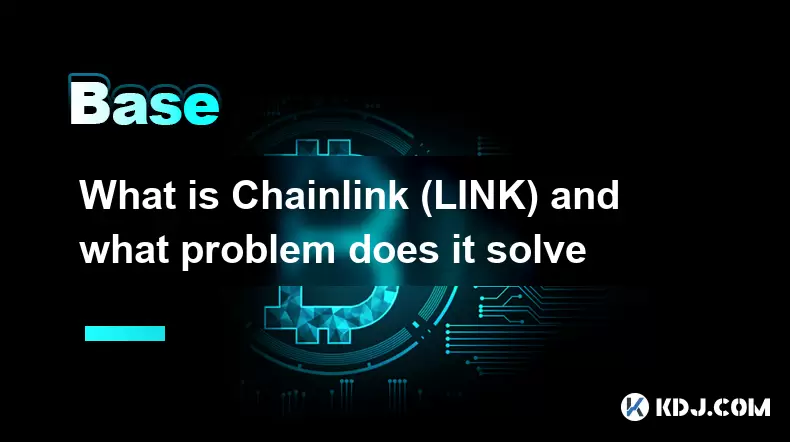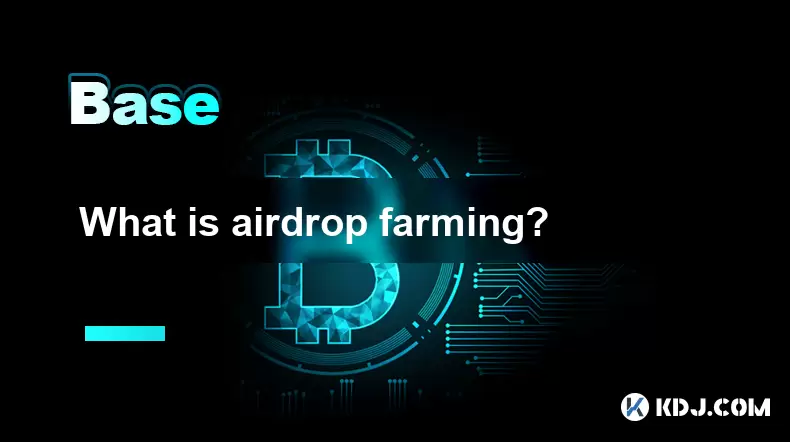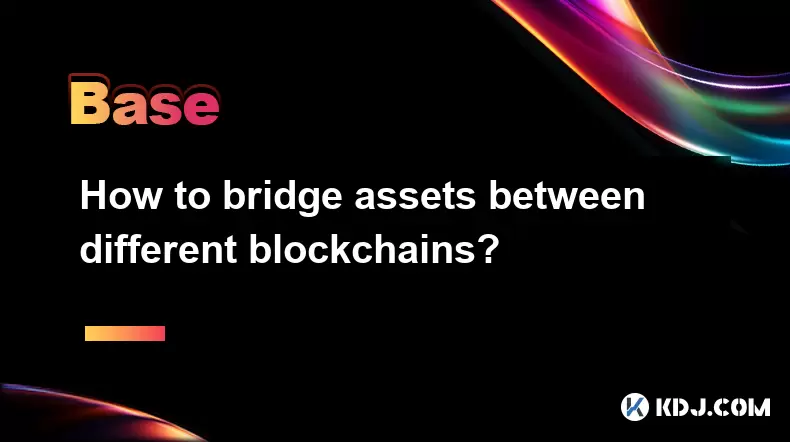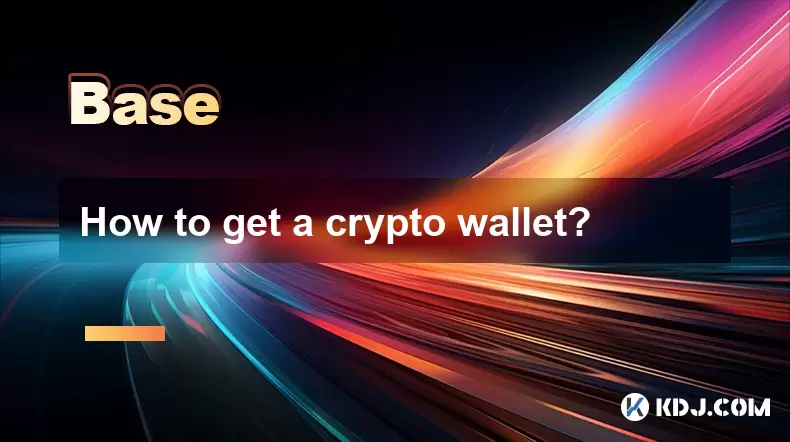-
 Bitcoin
Bitcoin $118100
-0.44% -
 Ethereum
Ethereum $3585
5.43% -
 XRP
XRP $3.434
5.65% -
 Tether USDt
Tether USDt $1.000
0.02% -
 BNB
BNB $743.8
3.89% -
 Solana
Solana $178.7
3.84% -
 USDC
USDC $1.000
0.03% -
 Dogecoin
Dogecoin $0.2381
12.81% -
 TRON
TRON $0.3270
3.62% -
 Cardano
Cardano $0.8315
4.93% -
 Hyperliquid
Hyperliquid $44.51
-4.42% -
 Stellar
Stellar $0.4710
1.52% -
 Sui
Sui $3.896
-2.51% -
 Chainlink
Chainlink $18.09
6.98% -
 Hedera
Hedera $0.2681
9.31% -
 Bitcoin Cash
Bitcoin Cash $516.7
4.83% -
 Avalanche
Avalanche $23.95
6.96% -
 Shiba Inu
Shiba Inu $0.00001490
5.67% -
 UNUS SED LEO
UNUS SED LEO $8.966
0.80% -
 Toncoin
Toncoin $3.294
4.39% -
 Litecoin
Litecoin $105.4
4.69% -
 Polkadot
Polkadot $4.356
5.30% -
 Uniswap
Uniswap $10.29
17.25% -
 Monero
Monero $327.9
-3.04% -
 Bitget Token
Bitget Token $4.942
4.33% -
 Ethena USDe
Ethena USDe $1.001
0.08% -
 Pepe
Pepe $0.00001348
2.17% -
 Dai
Dai $1.000
0.02% -
 Aave
Aave $320.8
0.58% -
 Bittensor
Bittensor $411.8
-4.07%
What is Chainlink (LINK) and what problem does it solve
Chainlink solves blockchain's oracle problem by decentralizing data access, ensuring smart contracts receive accurate real-world inputs through a trust-minimized network of node operators.
Jul 11, 2025 at 03:50 pm

Understanding Chainlink (LINK)
Chainlink is a decentralized oracle network that enables smart contracts on blockchain platforms to securely connect with real-world data and external systems. The native cryptocurrency of the Chainlink network is LINK, which serves as an incentive mechanism for node operators who provide accurate and reliable off-chain data.
The core function of Chainlink revolves around bridging the gap between on-chain smart contracts and off-chain data sources. Since blockchains are isolated environments, they cannot directly access information from the internet or traditional databases. This limitation restricts the use cases of smart contracts in areas like finance, insurance, and supply chain management. Chainlink solves this by acting as a trust-minimized middleware that delivers verified external data to smart contracts.
Smart contracts require precise inputs to execute correctly, and any faulty or manipulated data can lead to unintended outcomes.
The Problem: Data Isolation in Smart Contracts
One of the most significant challenges in blockchain technology is the inability of smart contracts to fetch live, real-world data. For instance, if a DeFi lending platform needs to determine the current price of Ethereum, it cannot do so without an external source. Similarly, an insurance policy based on weather conditions would need up-to-date meteorological data to trigger payouts automatically.
This creates a dependency on centralized oracles—third-party services that feed data into smart contracts. However, these single-source providers introduce a point of failure and undermine the decentralization principle of blockchain. If the centralized oracle gets hacked, goes offline, or provides incorrect data, the smart contract's execution becomes compromised.
Centralized oracles pose risks such as manipulation, downtime, and lack of transparency, which contradict the trustless nature of blockchain systems.
How Chainlink Solves the Oracle Problem
Chainlink addresses the limitations of centralized oracles by decentralizing the data sourcing process. Instead of relying on a single provider, Chainlink aggregates data from multiple independent oracle nodes. These nodes retrieve information from various external APIs and deliver it to the Chainlink network.
Once the data is collected, Chainlink employs a reputation system and economic incentives to ensure accuracy. Node operators stake LINK tokens as collateral, and those who submit incorrect or delayed data risk losing their stake. This staking mechanism encourages honest behavior among participants.
- Data Aggregation: Multiple oracle nodes gather data from different sources to reduce bias and increase reliability.
- Reputation System: Node performance is tracked and publicly visible, allowing users to choose trustworthy providers.
- Staking Mechanism: Economic penalties deter malicious or inaccurate data reporting.
Use Cases Enabled by Chainlink
By solving the oracle problem, Chainlink unlocks a wide range of applications across industries. One of the most prominent sectors benefiting from Chainlink’s infrastructure is DeFi (Decentralized Finance). Platforms like Aave and Synthetix rely on Chainlink oracles to fetch accurate asset prices, enabling secure lending, borrowing, and synthetic asset creation.
Another critical application is in insurance, where smart contracts can automatically issue claims based on verified real-world events. For example, crop insurance policies can be triggered when weather data indicates a drought, reducing administrative overhead and fraud.
- Supply Chain: Track product authenticity using IoT devices connected via Chainlink oracles.
- Gaming: Use random number generation through Chainlink VRF to ensure fairness in games.
- Prediction Markets: Settle bets based on real-world event outcomes fetched by Chainlink nodes.
Technical Components of Chainlink
Chainlink operates using several key components that work together to maintain its decentralized oracle functionality. At the heart of the system are the node operators, who run Chainlink software and connect to external APIs. These nodes are responsible for fetching and transmitting data to the blockchain.
The on-chain component consists of smart contracts that manage the selection of oracles, collect responses, and aggregate results. Chainlink also uses Service Level Agreements (SLAs) to define the terms under which data should be delivered, including parameters like response time and data source.
- Chainlink Core: Software that runs on each node and facilitates communication with external APIs.
- Adapter Layer: Transforms external data into a format compatible with blockchain smart contracts.
- Aggregation Contract: Combines responses from multiple nodes to produce a final output used by the requesting contract.
Frequently Asked Questions (FAQ)
Q: How does Chainlink ensure data accuracy?
Chainlink ensures data accuracy by aggregating responses from multiple independent nodes and applying economic incentives through staking. Nodes that provide incorrect data lose their stake, promoting honest behavior.
Q: Can anyone become a Chainlink node operator?
Yes, anyone can become a Chainlink node operator provided they meet technical requirements and are willing to stake LINK tokens. Operators must maintain uptime and data integrity to earn rewards.
Q: What happens if a Chainlink node goes offline?
If a node fails to respond within the agreed-upon timeframe, it may not receive rewards for that request. Repeated failures could harm the node’s reputation and lead to reduced future job opportunities.
Q: Which blockchains support Chainlink?
Chainlink supports multiple blockchains, including Ethereum, Binance Smart Chain, Polygon, Avalanche, and many others. It is designed to be blockchain-agnostic, allowing integration with new networks as needed.
Disclaimer:info@kdj.com
The information provided is not trading advice. kdj.com does not assume any responsibility for any investments made based on the information provided in this article. Cryptocurrencies are highly volatile and it is highly recommended that you invest with caution after thorough research!
If you believe that the content used on this website infringes your copyright, please contact us immediately (info@kdj.com) and we will delete it promptly.
- XRP, Ripple, Bitcoin, Ethereum: Decoding the Crypto Landscape
- 2025-07-19 05:50:13
- Penny Altcoins Eyeing $1 in Q3 2025: Cardano, BlockchainFX, and the Hunt for Crypto Gold
- 2025-07-19 05:10:13
- Trump, Stablecoins, and New Laws: A Crypto Revolution?
- 2025-07-19 05:10:13
- Trump, Crypto, and US Dominance: A New Era?
- 2025-07-19 05:50:13
- Smarter Web's Bitcoin Accumulation Plan: Riding the Crypto Wave
- 2025-07-19 05:55:12
- Princess Anne's 75th Birthday: A Royal First and a Celebration of Duty
- 2025-07-19 04:50:13
Related knowledge

What is airdrop farming?
Jul 19,2025 at 03:56am
What Is Airdrop Farming?Airdrop farming is a term that refers to the process of accumulating tokens or coins through participating in airdrops and yie...

How to run a Bitcoin node?
Jul 19,2025 at 06:43am
What is a Bitcoin Node?A Bitcoin node is a software program that connects to the Bitcoin network and helps validate and relay transactions and blocks....

How to bridge assets between different blockchains?
Jul 19,2025 at 04:07am
Understanding Cross-Chain BridgingBridging assets between different blockchains refers to the process of transferring digital assets—such as tokens or...

How to get a crypto wallet?
Jul 19,2025 at 03:15am
What is a Crypto Wallet and Why Do You Need One?A crypto wallet is a digital tool that allows individuals to store, send, and receive cryptocurrencies...

What is the Bitcoin dominance index
Jul 12,2025 at 10:35pm
Understanding the Bitcoin Dominance IndexThe Bitcoin Dominance Index, often abbreviated as BTC.D, is a metric used to measure Bitcoin's market capital...

What is the Bitcoin dominance index
Jul 11,2025 at 04:29am
What is the Bitcoin Dominance Index?The Bitcoin Dominance Index is a metric used to gauge Bitcoin's market capitalization relative to the total market...

What is airdrop farming?
Jul 19,2025 at 03:56am
What Is Airdrop Farming?Airdrop farming is a term that refers to the process of accumulating tokens or coins through participating in airdrops and yie...

How to run a Bitcoin node?
Jul 19,2025 at 06:43am
What is a Bitcoin Node?A Bitcoin node is a software program that connects to the Bitcoin network and helps validate and relay transactions and blocks....

How to bridge assets between different blockchains?
Jul 19,2025 at 04:07am
Understanding Cross-Chain BridgingBridging assets between different blockchains refers to the process of transferring digital assets—such as tokens or...

How to get a crypto wallet?
Jul 19,2025 at 03:15am
What is a Crypto Wallet and Why Do You Need One?A crypto wallet is a digital tool that allows individuals to store, send, and receive cryptocurrencies...

What is the Bitcoin dominance index
Jul 12,2025 at 10:35pm
Understanding the Bitcoin Dominance IndexThe Bitcoin Dominance Index, often abbreviated as BTC.D, is a metric used to measure Bitcoin's market capital...

What is the Bitcoin dominance index
Jul 11,2025 at 04:29am
What is the Bitcoin Dominance Index?The Bitcoin Dominance Index is a metric used to gauge Bitcoin's market capitalization relative to the total market...
See all articles

























































































